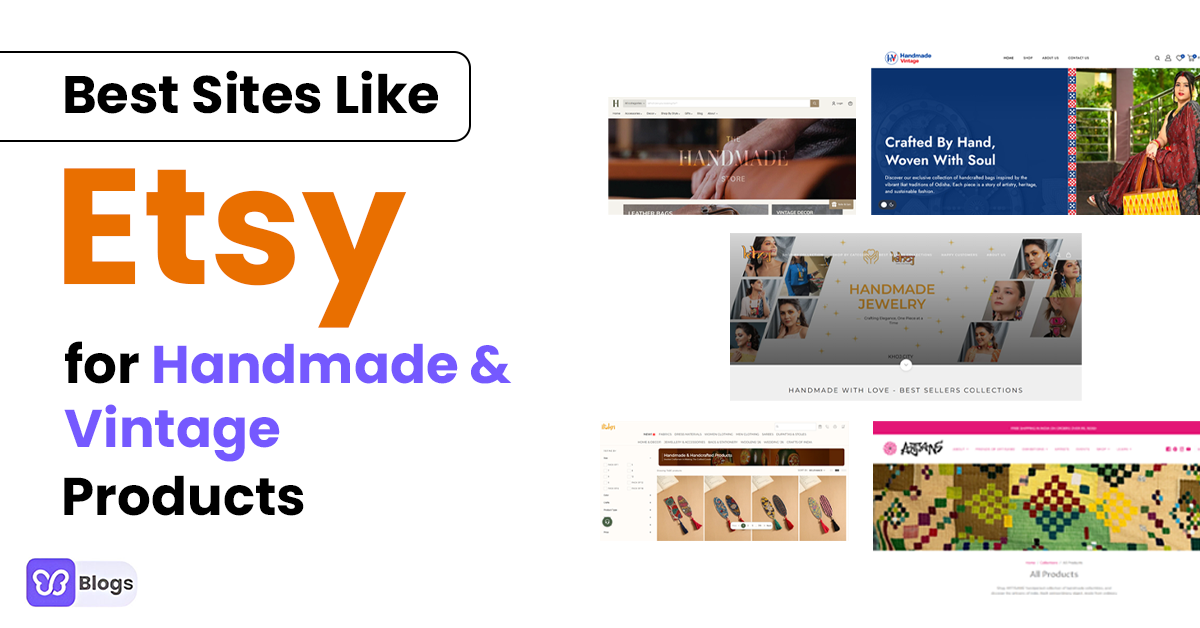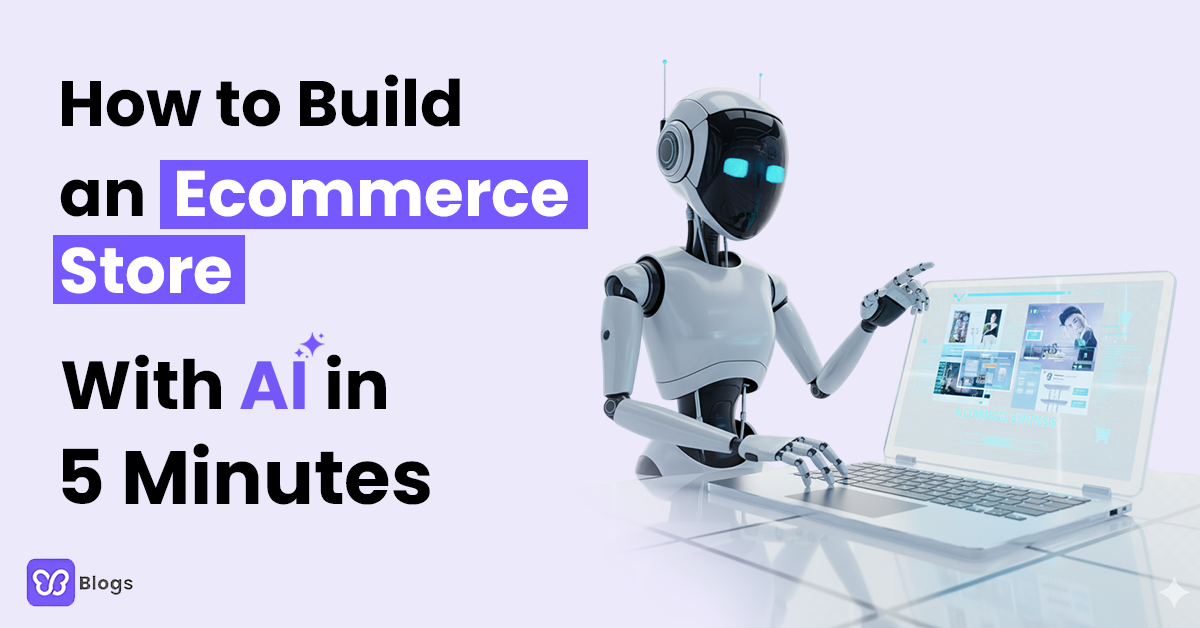You're probably too focused on driving traffic toward your eCommerce site... You're doing all these marketing tactics to make your target market visit your Shopify store.
But getting traffic is one thing. Converting your visitors into customers is another.
This is why you should take advantage of the traffic you're getting and your existing leads to convert them into paying customers.
That makes it easier to get sales instead of solely focusing on converting new traffic or visitors.
And that's where CRO or conversion rate optimization comes in. This will help you optimize your ecommerce store for conversion.
So, in this blog, we'll discuss...
- What is CRO?
- How to calculate your conversion rate?
- What is a good conversion rate?
- Benefits of CRO
Let's not waste any more time and talk about...
What is CRO or conversion rate optimization?
Conversion is an action by site visitors who transact with your Shopify store. While CRO or conversion rate optimization means increasing online sales or achieving your goals.
Let's elaborate. CRO is optimizing your Shopify store to boost online sales, leads, etc.
For example, you'll optimize your website for conversion by making it easier to add products to their cart, sign up to an email list, and more. It depends on what you're trying to convert your visitors to.
And conversion happens when a visitor takes your desired action. One way is by clicking your CTA or call-to-action.
For your ecommerce store... If you sell products, conversion is when a customer purchases from you. While micro-conversions are when a user responds to your CTA and fulfills your secondary goals.
But these smaller conversions lead your visitors to macro-conversions. These are adding a product to a cart, creating an account, and more.
It's also important to know that conversions can happen on any page of your eCommerce site. Yep, it can be your landing page, pricing page, home page, sales page, product page, etc.
At its core... CRO is all about taking a fact-based approach. So, data analysis is essential. This will give you an understanding of how users navigate your website and engage with it.
This means... You should pay attention to every aspect of your Shopify store. You need to optimize your overall website for conversion.
But wait... Since you already know what's CRO or conversion rate optimization... Here are some things you need to remember about CRO.
First, CRO is not just your primary goal. But once you know the bigger goals, CRO will help you achieve that.
Yep, it's one because conversion is important. But there are still other goals to consider because "conversions" depend on the campaign and goals.
Another thing is... CRO is different from SEO. I'm sure you're wondering what's the difference...
CRO focuses on optimizing for conversion. While SEO or search engine optimization centers on optimizing for ranking on search engines. SEO helps you drive traffic organically.
Also, CRO is different from A/B testing. But they work together. You need split testing to implement an excellent CRO strategy.
Now, we should discuss...
How to calculate your conversion rate?
How will you optimize your Shopify store if you don't know if you're doing well? That's why you need to learn how to calculate your conversion rate.
To work out your conversion rate, online store owners need to know two things:
- How many people see your call-to-action (CTA)
- How many people positively respond to it
Your conversion rate is the number of times a visitor positively responds to your call to action. Then you need to divide it by your site traffic... Then multiply by 100 to get the percentage.
For example, 1,000 people visited your site over the past month. 100 of them made a purchase. So, your conversion rate is 10% (100 / 1000 x 100).
But it’s also worth keeping in mind that your site pages have at least two conversion rates.
For example, the product pages on your ecommerce site have two conversion goals:
- Make visitors click on the “Add to cart” button (micro-conversion)
- Make these visitors place complete the purchase (macro-conversion)
This means your product pages have two conversion rates. Here's how to get the percentages.
The micro-conversion rate is the total number of times the “Add to Cart” button gets clicked. Then divide it by the number of visitors who make it to the product pages... Then multiply by 100.
The macro-conversion rate is the total number of times the purchase gets completed. Then divide it by the number of visitors who make it to the product page. And multiply by 100.
For example, your online store receives 100,000 visitors in one month.
Only 25,000 make it all the way to the product pages. And only 10,000 clicks on the “Add to Cart” button. And only 5,000 completed the purchase:
- Your ecommerce business conversion rate is 5% (5,000 sales / 100,000 visitors x 100)
- Your product pages’ micro-conversion rate is 40% (10,000 clicks / 25,000 product page visitors x 100)
- Your product pages’ macro-conversion rate is 20% (5,000 completed purchases / 25,000 product page visitors x 100)
See? The calculation is not really complicated. You need to learn how to analyze the data correctly to get accurate findings.
But after calculating your conversion rates, how would you know if they're good?
What is a good conversion rate, anyway?
A good conversion rate for eCommerce brands is about 3%. But ultimately, a good conversion rate is steadily rising with time.
This is a good benchmark to see if you're doing well. The starting point you set as a benchmark doesn’t matter if you never stop improving.
At the end of the day, as long as you have an ecommerce website that is attracting visitors, you should be thinking about CRO regularly.
No matter how established or large your store is... You always want more of your visitors to turn into online buyers in the most effective, impactful, and reliable way.
Now that you know what CRO is, how to calculate it, and what a good conversion rate is... Let's talk about why you need to put effort into CRO.
Why should you care about Shopify conversion rate optimization?
You should include CRO in your to-do lists because it can...
1. Increase online sales
Conversion rate optimization can help increase your sales. Remember, boosting online sales is one of your business goals.
Because optimizing your Shopify store for conversion means you're making it easier for your target audience to glide through the conversion funnel.
Another reason is it can...
2. Improve eCommerce brand
You can improve your eCommerce brand as a whole. How? Because CRO requires you to do some digging into your data.
This includes your marketing and eCommerce analytics. And having a glimpse of this information will help you improve your business.
For example, you noticed that most of your visitors don't finish checking out their carts. You might need to adjust your checkout page, copy, CTA, or overall web design.
You should enhance these details to persuade them to buy your products. This will also help you eliminate potential issues. And lastly...
3. Retain customers
If you have a smooth-sailing, optimized Shopify store... More customers will come back to you. And don't forget that loyal or repeat customers are more accessible to convert than first-time visitors.
So, optimizing your eCommerce site will help retain customers. Now, take this as a sign to...
Optimize your eCommerce site to convert more customers!
A low conversion rate is one of your biggest enemies. Who wants to have low sales, right? But the best part is through CRO, you can elevate your online store.
That's why you should combat a low conversion rate by optimizing your site for conversion. How, you ask? Here are...





